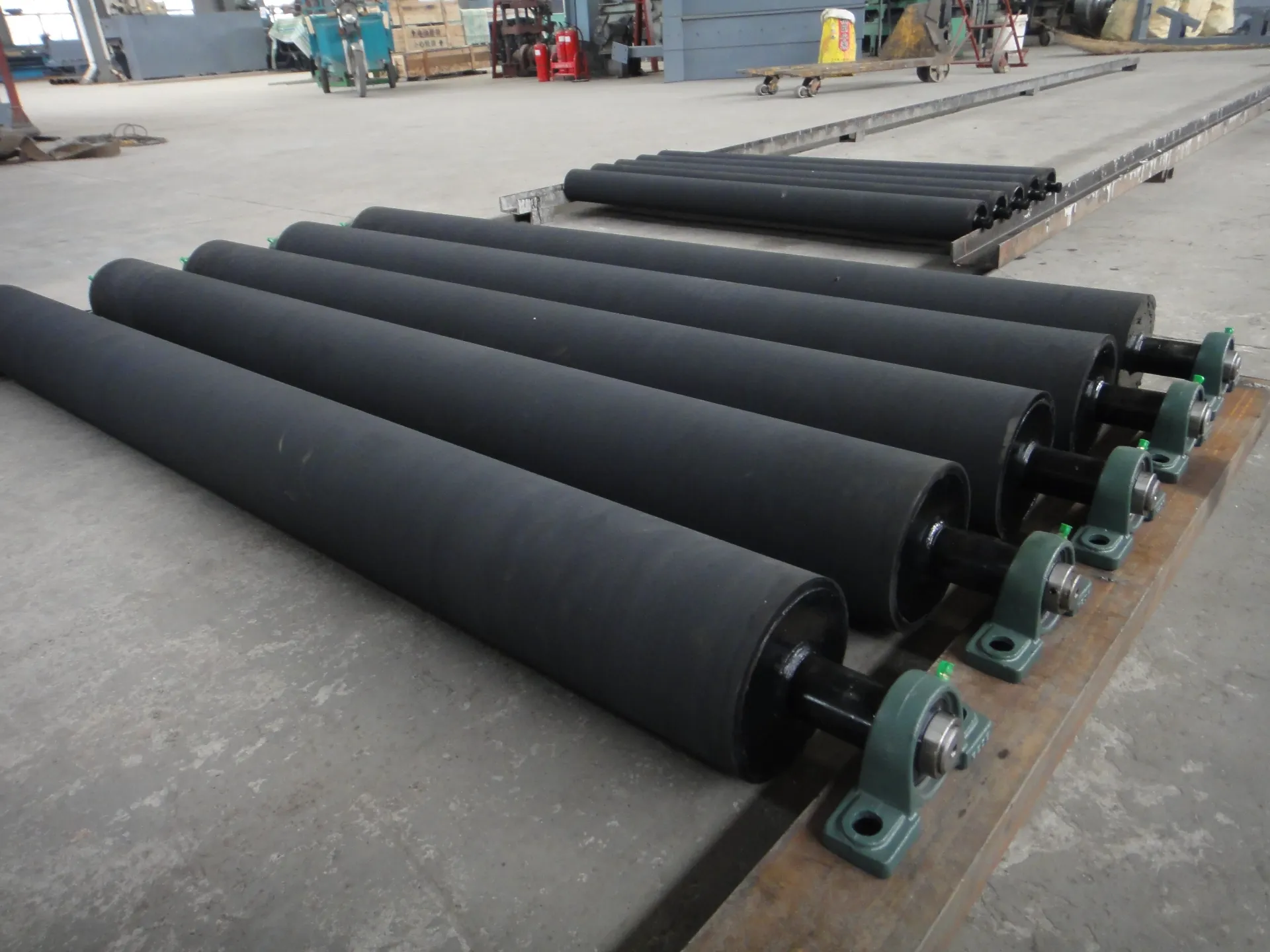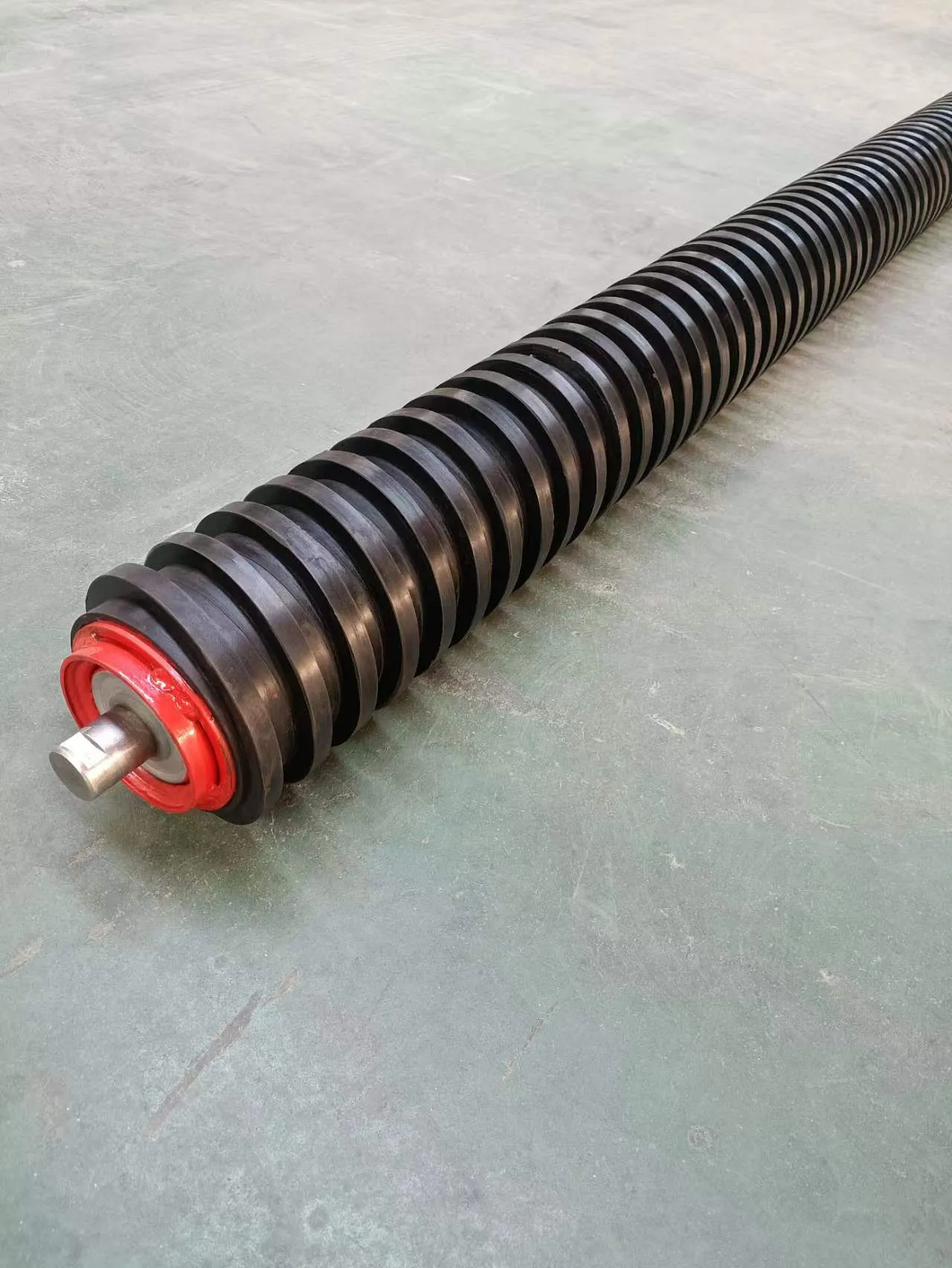 Afrikaans
Afrikaans  Albanian
Albanian  Amharic
Amharic  Arabic
Arabic  Armenian
Armenian  Azerbaijani
Azerbaijani  Basque
Basque  Belarusian
Belarusian  Bengali
Bengali  Bosnian
Bosnian  Bulgarian
Bulgarian  Catalan
Catalan  Cebuano
Cebuano  Corsican
Corsican  Croatian
Croatian  Czech
Czech  Danish
Danish  Dutch
Dutch  English
English  Esperanto
Esperanto  Estonian
Estonian  Finnish
Finnish  French
French  Frisian
Frisian  Galician
Galician  Georgian
Georgian  German
German  Greek
Greek  Gujarati
Gujarati  Haitian Creole
Haitian Creole  hausa
hausa  hawaiian
hawaiian  Hebrew
Hebrew  Hindi
Hindi  Miao
Miao  Hungarian
Hungarian  Icelandic
Icelandic  igbo
igbo  Indonesian
Indonesian  irish
irish  Italian
Italian  Japanese
Japanese  Javanese
Javanese  Kannada
Kannada  kazakh
kazakh  Khmer
Khmer  Rwandese
Rwandese  Korean
Korean  Kurdish
Kurdish  Kyrgyz
Kyrgyz  Lao
Lao  Latin
Latin  Latvian
Latvian  Lithuanian
Lithuanian  Luxembourgish
Luxembourgish  Macedonian
Macedonian  Malgashi
Malgashi  Malay
Malay  Malayalam
Malayalam  Maltese
Maltese  Maori
Maori  Marathi
Marathi  Mongolian
Mongolian  Myanmar
Myanmar  Nepali
Nepali  Norwegian
Norwegian  Norwegian
Norwegian  Occitan
Occitan  Pashto
Pashto  Persian
Persian  Polish
Polish  Portuguese
Portuguese  Punjabi
Punjabi  Romanian
Romanian  Russian
Russian  Samoan
Samoan  Scottish Gaelic
Scottish Gaelic  Serbian
Serbian  Sesotho
Sesotho  Shona
Shona  Sindhi
Sindhi  Sinhala
Sinhala  Slovak
Slovak  Slovenian
Slovenian  Somali
Somali  Spanish
Spanish  Sundanese
Sundanese  Swahili
Swahili  Swedish
Swedish  Tagalog
Tagalog  Tajik
Tajik  Tamil
Tamil  Tatar
Tatar  Telugu
Telugu  Thai
Thai  Turkish
Turkish  Turkmen
Turkmen  Ukrainian
Ukrainian  Urdu
Urdu  Uighur
Uighur  Uzbek
Uzbek  Vietnamese
Vietnamese  Welsh
Welsh  Bantu
Bantu  Yiddish
Yiddish  Yoruba
Yoruba  Zulu
Zulu Feb . 11, 2025 01:05
Back to list
conveyor bend pulley
The conveyor head and tail pulleys are critical components in conveyor systems, serving as the driving and guiding forces for belts in various material handling applications. For organizations aiming to optimize operational efficiency and bolster safety, understanding these components' intricacies is imperative.
The integration of technology in the design and monitoring of conveyor pulleys has ushered in an era of predictive maintenance and performance optimization. Sensor technology can provide real-time data on pulley alignment, vibration, and temperature, allowing for proactive intervention before minor issues escalate into costly repairs. This technological advance not only enhances efficiency but also ensures safety by minimizing the risk of system failure. Furthermore, the strategic design of head and tail pulleys contributes significantly to improving worker safety and operational efficiency. Ergonomically designed systems with accessible maintenance points reduce manual strain and downtime. Incorporating smart technologies, such as sensor-equipped monitoring systems, facilitates the prediction of potential failures, averting hazardous situations and supporting seamless system maintenance. In highly competitive industries where productivity and operational safety are paramount, the role of conveyor head and tail pulleys cannot be overstated. Companies that invest in high-quality pulleys benefit from improved ROI, lower operational costs, and enhanced safety standards. Experts recommend regular training for maintenance personnel, ensuring they are well-versed in the latest pulley technologies and best safety practices. This not only fosters a culture of efficiency and reliability but also promotes a collaborative environment where operational excellence is continuously pursued. To capitalize on the advancements in conveyor technology, a collaborative relationship with experienced manufacturers or consultants is advisable. They can provide insights into customizing pulley systems to meet specific operational needs and ensure compliance with industry standards. A strategic partnership with experts infuses the customization process with knowledge and experience, resulting in systems that drive sustained operational success and safety. Ultimately, conveyor head and tail pulleys are more than mere components within a system. They represent the synergy of engineering excellence, innovative technology, and strategic design. By prioritizing quality and leveraging the latest advancements, organizations can ensure that conveyor systems operate at their highest potential, facilitating safe and efficient material handling in any industrial setting.


The integration of technology in the design and monitoring of conveyor pulleys has ushered in an era of predictive maintenance and performance optimization. Sensor technology can provide real-time data on pulley alignment, vibration, and temperature, allowing for proactive intervention before minor issues escalate into costly repairs. This technological advance not only enhances efficiency but also ensures safety by minimizing the risk of system failure. Furthermore, the strategic design of head and tail pulleys contributes significantly to improving worker safety and operational efficiency. Ergonomically designed systems with accessible maintenance points reduce manual strain and downtime. Incorporating smart technologies, such as sensor-equipped monitoring systems, facilitates the prediction of potential failures, averting hazardous situations and supporting seamless system maintenance. In highly competitive industries where productivity and operational safety are paramount, the role of conveyor head and tail pulleys cannot be overstated. Companies that invest in high-quality pulleys benefit from improved ROI, lower operational costs, and enhanced safety standards. Experts recommend regular training for maintenance personnel, ensuring they are well-versed in the latest pulley technologies and best safety practices. This not only fosters a culture of efficiency and reliability but also promotes a collaborative environment where operational excellence is continuously pursued. To capitalize on the advancements in conveyor technology, a collaborative relationship with experienced manufacturers or consultants is advisable. They can provide insights into customizing pulley systems to meet specific operational needs and ensure compliance with industry standards. A strategic partnership with experts infuses the customization process with knowledge and experience, resulting in systems that drive sustained operational success and safety. Ultimately, conveyor head and tail pulleys are more than mere components within a system. They represent the synergy of engineering excellence, innovative technology, and strategic design. By prioritizing quality and leveraging the latest advancements, organizations can ensure that conveyor systems operate at their highest potential, facilitating safe and efficient material handling in any industrial setting.
Next:
Latest news
-
Revolutionizing Conveyor Reliability with Advanced Rubber Lagging PulleysNewsJul.22,2025
-
Powering Precision and Durability with Expert Manufacturers of Conveyor ComponentsNewsJul.22,2025
-
Optimizing Conveyor Systems with Advanced Conveyor AccessoriesNewsJul.22,2025
-
Maximize Conveyor Efficiency with Quality Conveyor Idler PulleysNewsJul.22,2025
-
Future-Proof Your Conveyor System with High-Performance Polyurethane RollerNewsJul.22,2025
-
Driving Efficiency Forward with Quality Idlers and RollersNewsJul.22,2025
OUR PRODUCTS





























